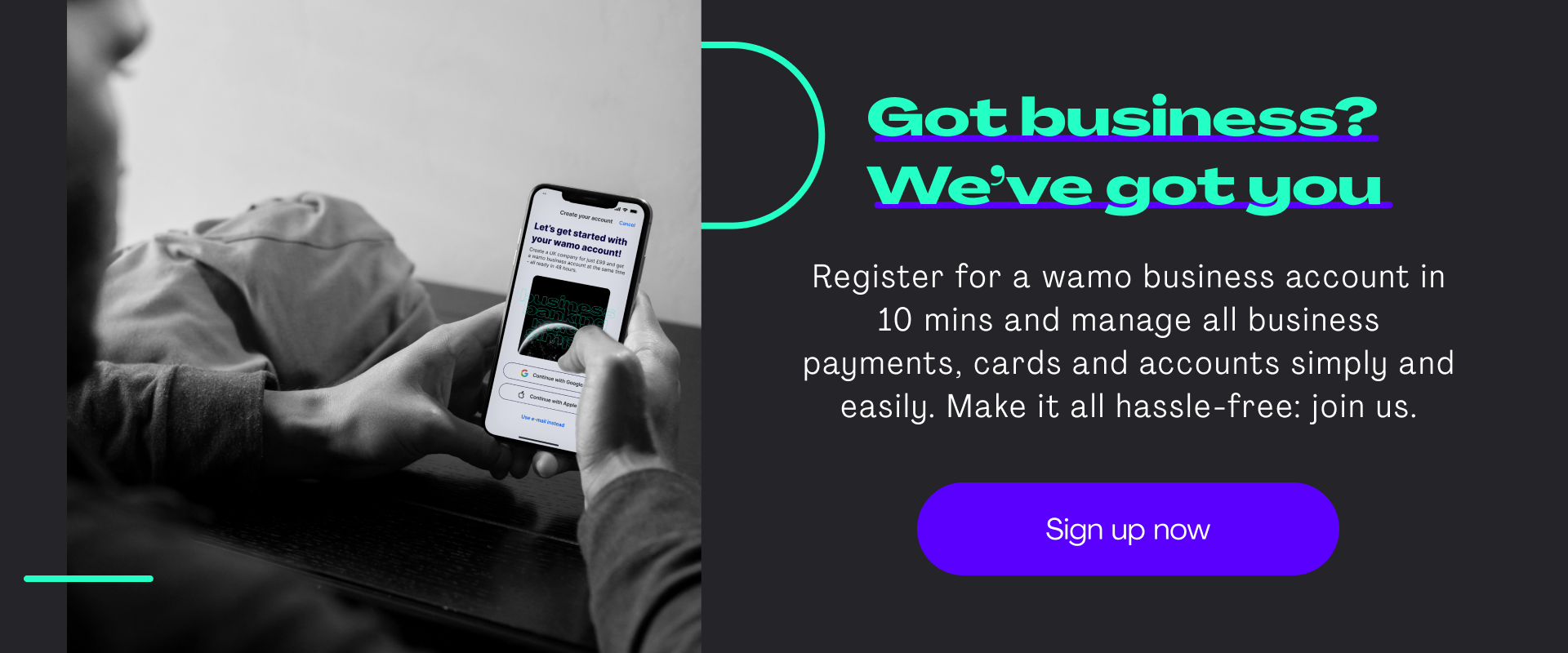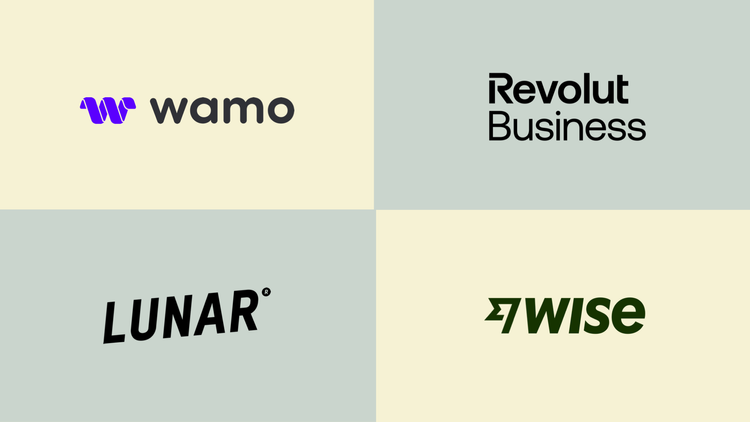It’s easy to get consumed and confused by banking terminology while trying to figure out what you might need or not need when starting and running your business. This blog post will help you better understand what BIC and SWIFT codes are, as well as IBAN and various other terms. We’ll look at how some codes are designed for your own personal or business accounts whereas other codes are allocated to various banks and institutions. Let’s take a closer look at the details of what these acronyms mean and how we might use some of these codes in everyday life.
SWIFT codes – also referred to as BIC codes – are used to identify specific banks and financial institutions
Banks use SWIFT codes to identify themselves and to make sure that money gets transferred from the right bank account. Simply put: when you send a money transfer from one bank to another, or when you ask your own bank for money from another institution, you will need their SWIFT code. Banks use these codes to communicate with each other electronically about payments and transfers of funds between them. The terms SWIFT and BIC (Bank Identifier Code) codes are often used interchangeably. If you’re transferring money internationally or making international payments, a SWIFT or BIC code is used to identify what bank your money needs to go to – the code indicates the bank and the country it is located in. The bank or financial institution you’re sending money to will have a unique identifying number that you’re able to use. This is set up to ensure safer transactions and that money goes to its intended destination.

IBAN (International Bank Account Number) is used to identify bank accounts across different countries
An International Banking Number (IBAN) is used to identify bank accounts in different countries, specifically when you’re making international money transfers. IBANs are used in most EU countries as well as Switzerland and Norway. The IBAN structure was developed to create a harmonised system of identifying bank accounts throughout Europe. It was set up by a committee with members from all over Europe in 1997 and gained momentum throughout the 2000s. The first digit of an IBAN represents the country code (e.g., “GB” for Great Britain). The next two digits represent the major city (e.g., “LON” for London) or region where the bank is located within that country code area (e.g., Germany). Then there are between 9-18 more digits representing individual financial institutions within that country code area—the exact number depends on how many banks have decided to use this particular branch routing code set system (which means they agree not only on how they will use it but also who gets which numbers first). All of this is basically to say that SWIFT/BIC codes identify banks and financial institutions, while IBANs identify individual bank accounts. All these clever codes are here to make sure we can move money as safely and efficiently as possible.

A sort code identifies the bank and branch of a UK bank account holder
We’ve looked at what SWIFT codes and BIC codes are as well as IBANs, but what is a sort code, and why is it useful? Banks in the UK use an eight digit number, called a sort code, to identify the bank and branch where a customer’s account is held. The first two digits represent the bank and the final six digits represent the branch.
If you have a UK bank account and are looking for your sort code you will probably find it on your bank statements or cheques, in your online banking portal or banking app or even on your credit and debit cards..
Sort codes, much like IBANs, are related to individual accounts and help process payments efficiently and effectively. Your bank account will have its own sort code associated to it to identify your bank and its branch.
Remember, SWIFT and BIC codes on the other hand, are unique identifying codes allocated to specific banks (not related to your personal or business account specifically).
Do I need a SWIFT code for my business?
When sending and receiving international payments through your business account you’ll notice that you will need to provide a SWIFT code. This doesn’t mean your company needs its own code, but rather that with each international transfer, you will need to allocate the relevant SWIFT or BIC code of the institution sending or receiving the transfer. This is to ensure the transfer reaches its intended destination securely. Your bank or financial institution will have its own SWIFT/BIC code that you will need to reference when receiving a payment. This number will usually be found on your bank statements or you can use an online SWIFT code finder.

SWIFT was initially designed to facilitate cross-border payments but also benefits small businesses
SWIFT codes and BIC codes benefit small businesses by providing safe and reliable money transfers. The SWIFT payment system was established in the 1970s to facilitate banks to communicate about cross-border payments. The system, through unique bank identifiers, allows banks to send each other messages and instructions about money transfers. The same information is used when making cross-border transactions through a wire transfer or an international letter of credit (LC).
The message formats used in these processes are standardised by SWIFT (Society for Worldwide Interbank Financial Telecommunication) and its members. The most common format for sending payment instructions is known as MT19949, which you'll probably see on any payment order you receive from a business partner or supplier outside of your country.
Sign up with wamo to open your business account in just 10 minutes
While we hope this article has helped you get your head around SWIFT codes, BIC codes, IBANs and more, we want things to be as easy as possible for you when running your business. When you open a business account with wamo, we’re here to take care of the fine details so you can focus on what you love doing. You can open your wamo business account easily and from anywhere!
The services and features we offer are especially designed for entrepreneurs and small businesses to be able to thrive. wamo is much more than an app and is here to support you and your company every step of the way!
You can download wamo Business from Google Play or the App Store, or open your account from our website or via the webapp on your desktop. Use your smartphone to get the app - whatever works for you.
Once you have all your ducks in a row, you’ll be able to sign up in under 10 minutes and we’ll get back to you within 24 hours. If everything is in order you will have an account ready for business with the following perks:
- Up to 10 wamo Visa debit cards for you and your team (+ more on request)
- Virtual debit cards instantly
- Access to multiple sub-accounts with IBANs (either EUR or GBP)
And so much more!








